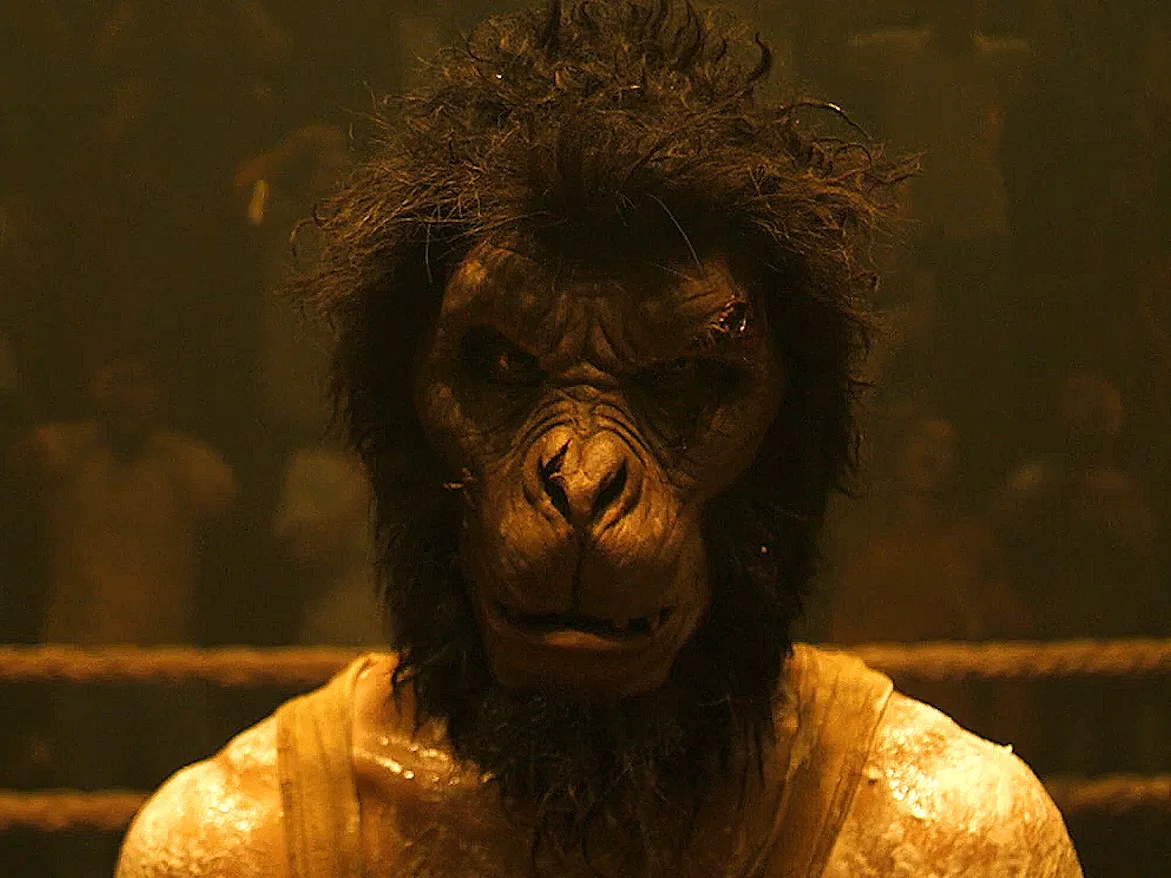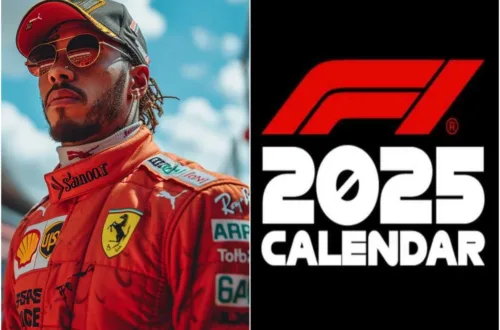In the realm of cinema, where creativity and controversy often collide, Dev Patel‘s directorial debut, “Monkey Man,” has emerged as a buzzworthy contender. The film, directed by and starring Patel, promises a gripping narrative, high-octane action, and a noteworthy representation of Indian men in Western cinema. However, as with any cinematic endeavour, it comes under scrutiny for its portrayal of certain tropes, some of which have sparked both appreciation and criticism.
Setting the Stage: The Premise and Production
“Monkey Man” unfolds as the tale of an ex-criminal navigating the treacherous landscape of corporate greed and spiritual values. Jordan Peele’s involvement in the project, after a modest budget production, adds an intriguing layer to its journey from conception to realization. The film sets the stage as a revenge story intertwined with the origin tale of a protector, the enigmatic Monkey King.
Unveiling the Antagonist: Controversies Surrounding the Villain
One of the focal points of criticism centres around the portrayal of the antagonist – a businessman and politician depicted as a demon king. The association of the villain with saffron colour raises eyebrows, inviting controversy over potential cultural insensitivity. The narrative choice to cast the villain’s army as the oppressive forces of police and administration adds a socio-political layer, albeit with its own set of controversies.
Dev Patel takes on the role of the White Monkey, adorned with a chimpanzee mask, weaving through a transformative journey that includes training, character development, and jail time. The protagonist emerges as a guardian, protecting the innocent while seeking vengeance against the formidable antagonist. The storyline combines traditional revenge tropes with a modern superhero-origin narrative.
Action Unleashed: Stylistic Brilliance in Monkey Man
“Monkey Man” distinguishes itself with high-quality action, drawing comparisons to the stylized sequences seen in “John Wick” and “Bullet Train.” The film showcases a fast-paced and graphically intense spectacle, highlighting the brutal, stoic, and badass facets of Indian masculinity. The incorporation of such elements contributes to a refreshing representation of Indian men on the big screen.

Navigating Criticisms: Dated Tropes and Missed Opportunities
Despite its commendable attributes, “Monkey Man” does not escape criticism. The use of dated and cliched tropes, such as the perpetuation of the “slum dog” image of India, raises questions about the film’s missed opportunities to delve deeper into the rich tapestry of Indian culture and context. However, the movie finds appreciation in its execution of action sequences, directorial prowess, and its efforts towards breaking stereotypes.
“Monkey Man” appears poised to make waves in the cinematic landscape, blending traditional revenge narratives with contemporary superhero elements. While the film’s representation of Indian men in Western cinema is laudable, the controversy surrounding certain tropes underscores the delicate balance filmmakers must strike between artistic expression and cultural sensitivity. As audiences await the film’s release, it remains to be seen whether “Monkey Man” will be remembered for its groundbreaking action or its exploration of cinematic tropes in the context of Indian representation.






Very well written👏👏